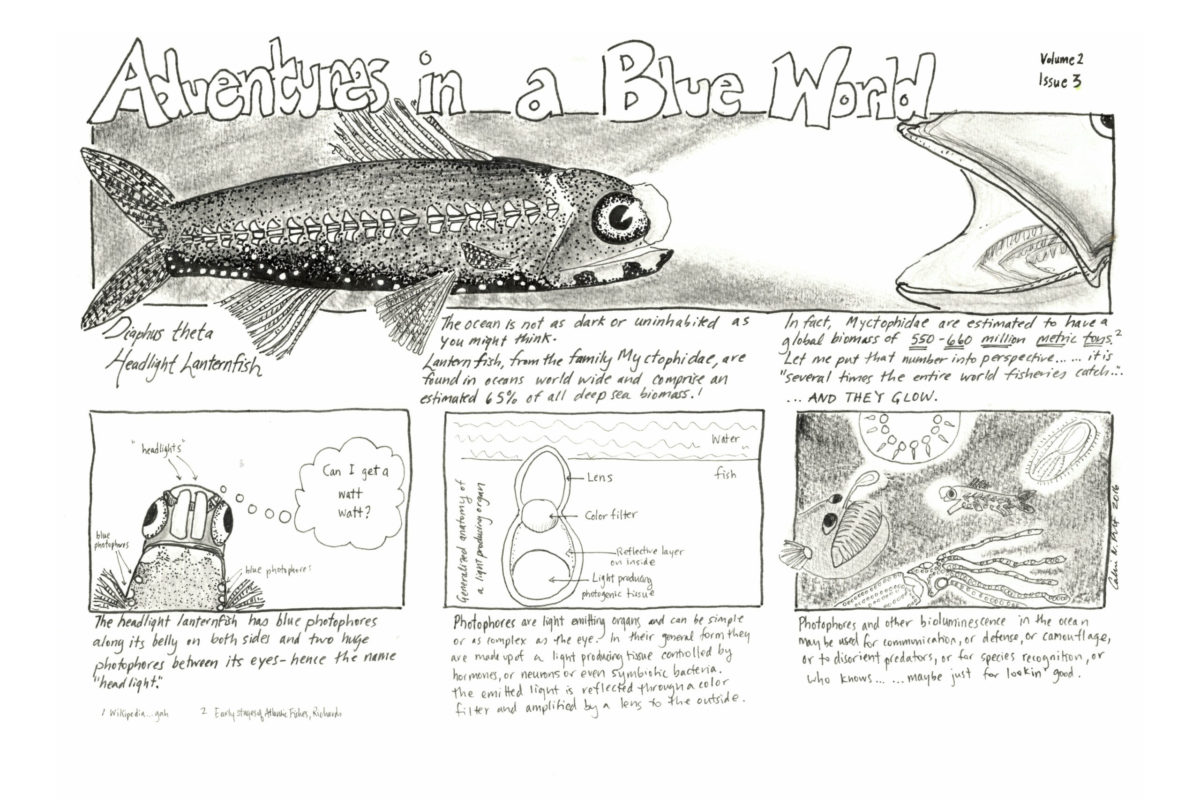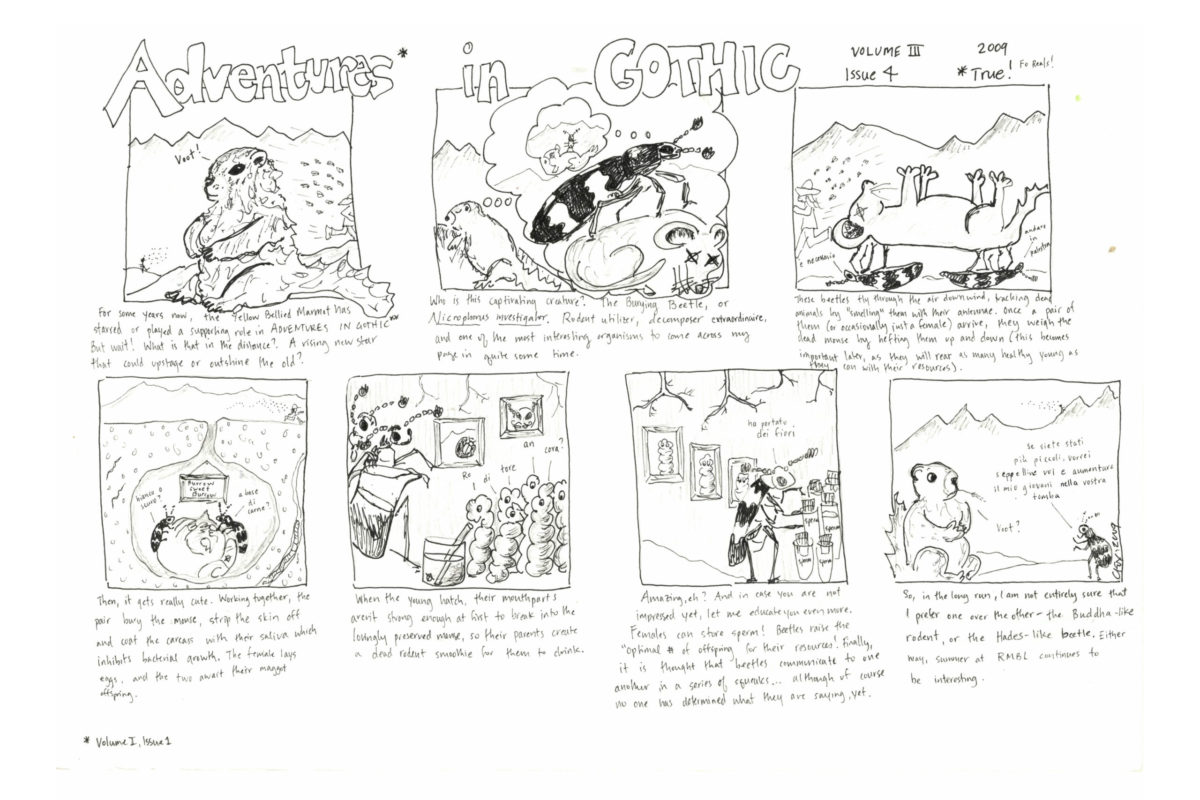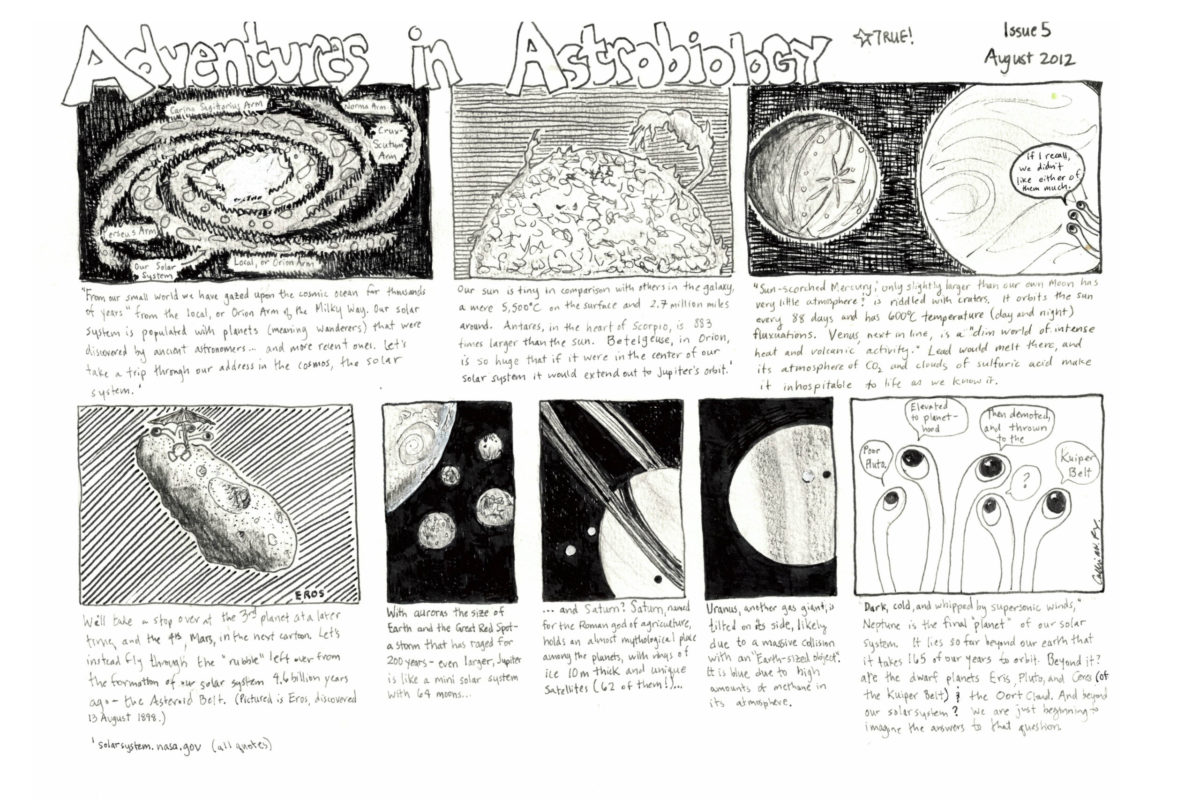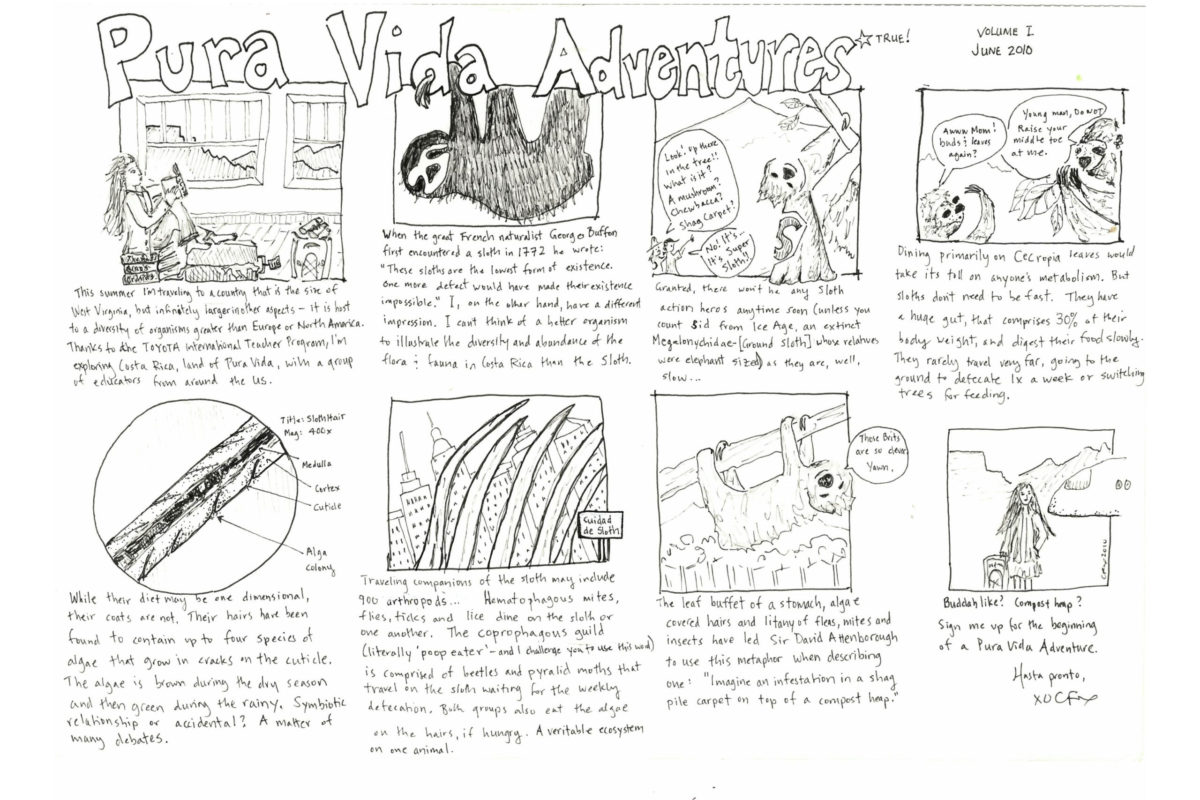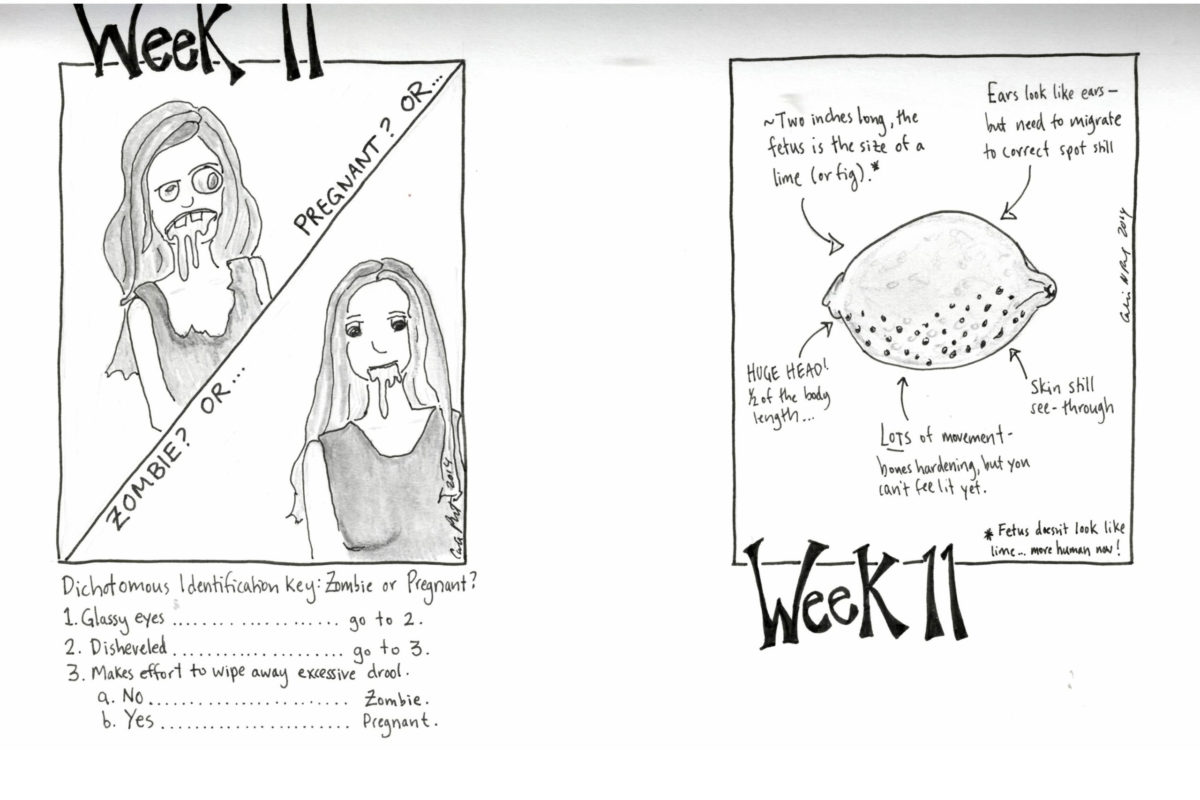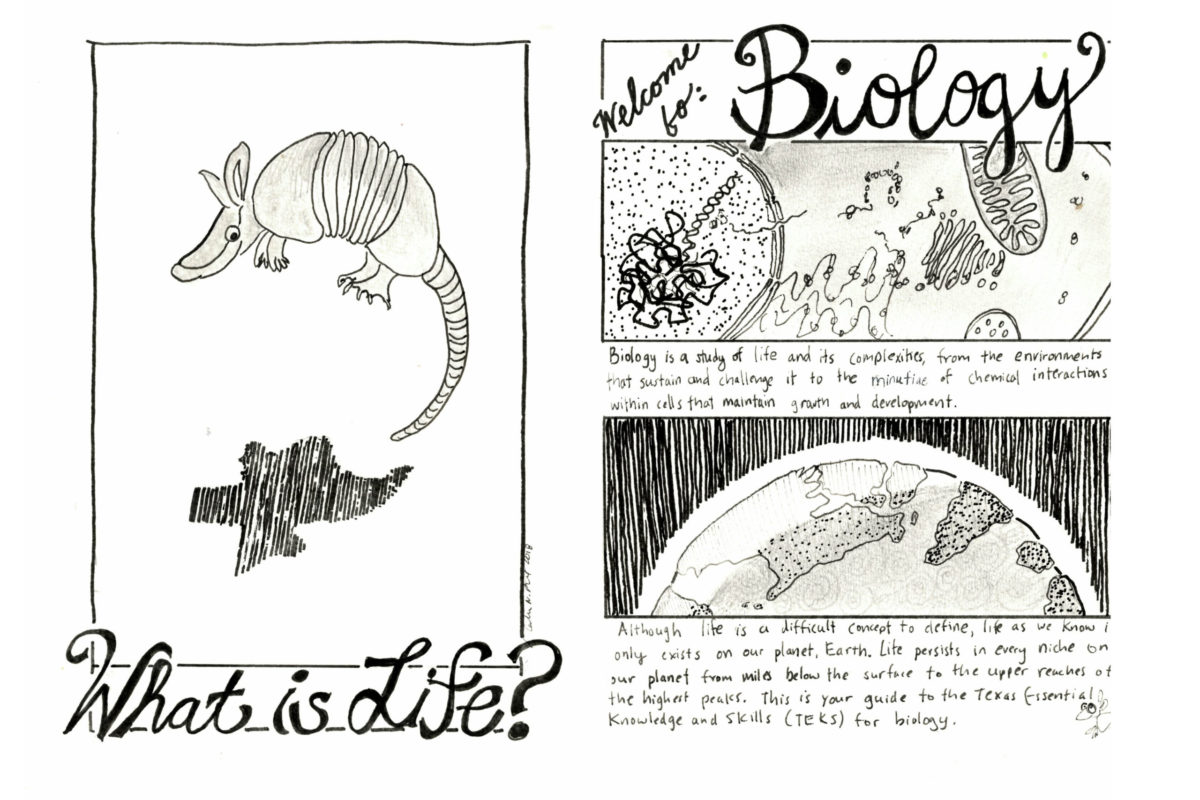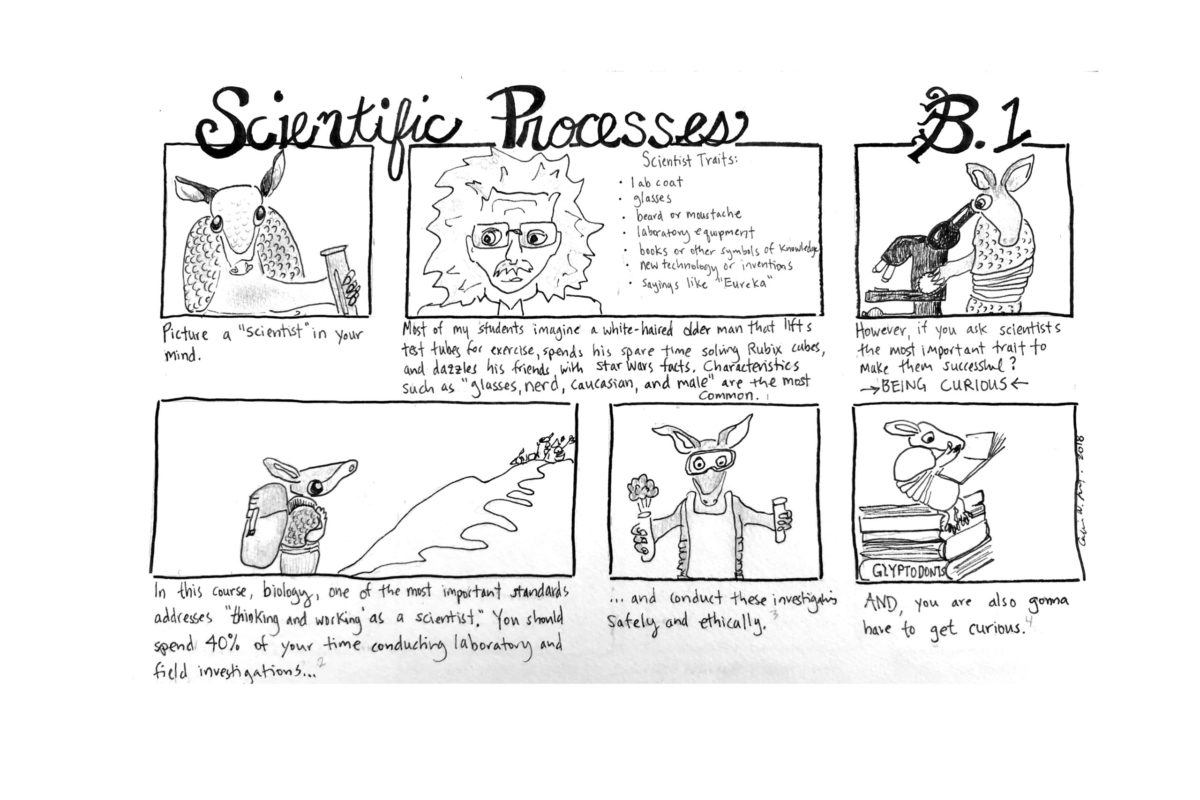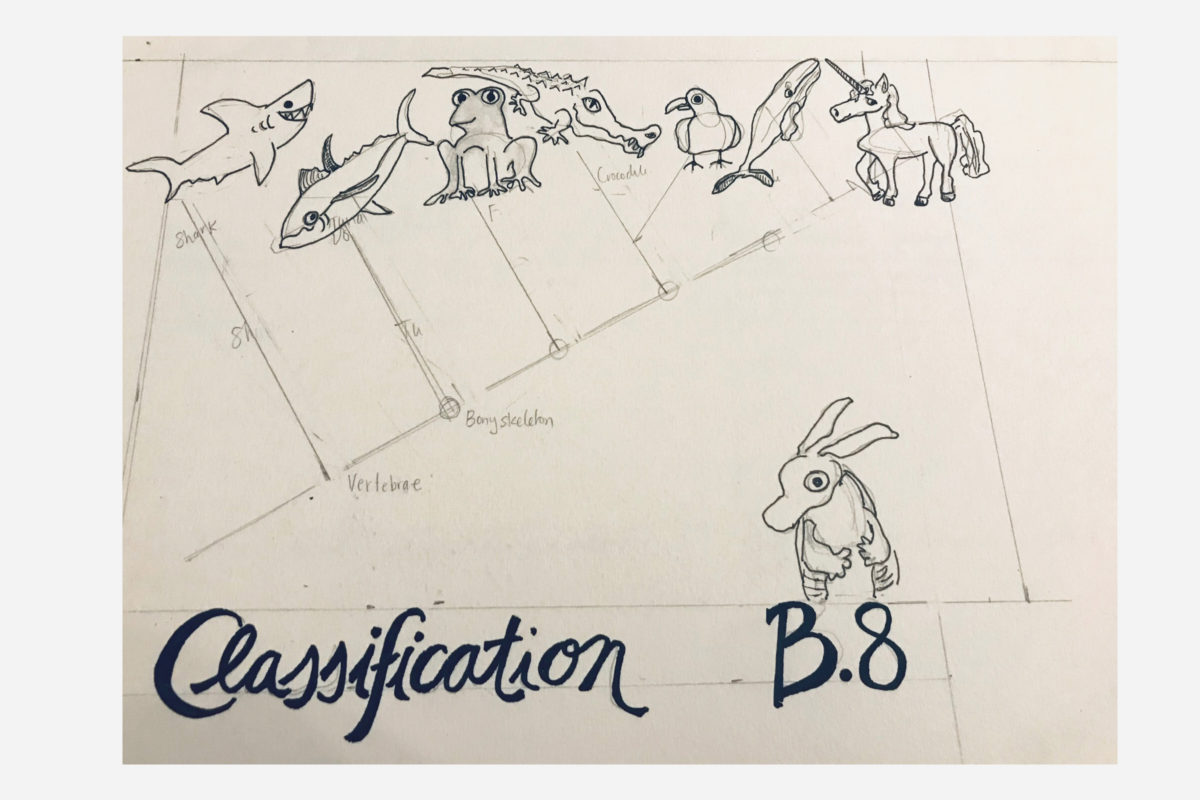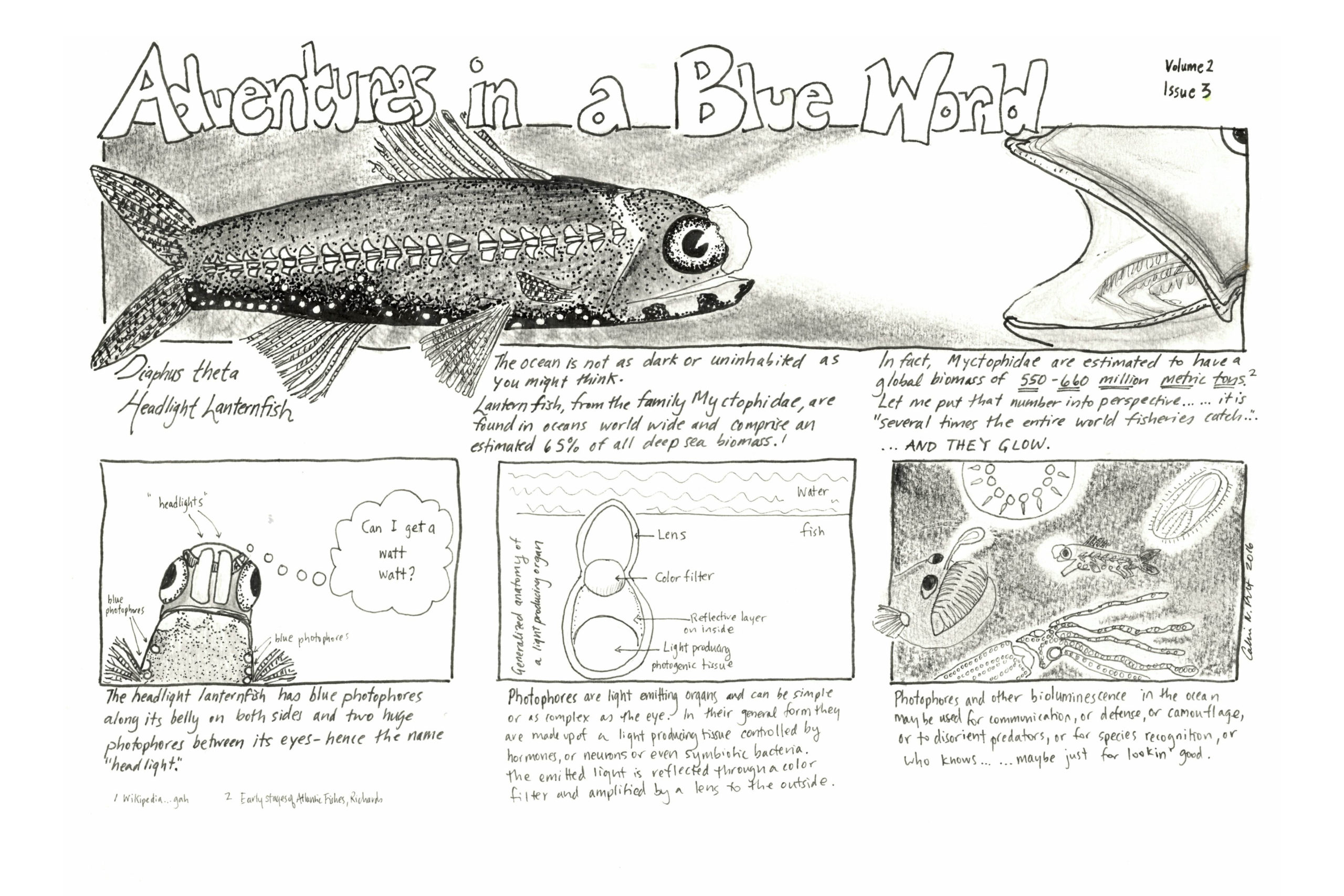
Connecting through Cartoons
By Cathrine Prenot (NOAA TAS 2011, 2016)
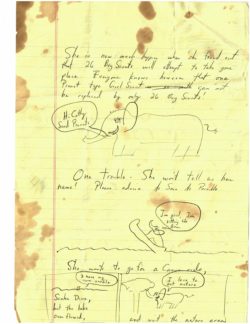
Letters from my father starring “Ima Elephant.” These cartoons and others were part of every letter he wrote to me.
I grew up in a family that valued science and art. My parents and grandmother were backyard naturalists, and although my dad was a car salesman, he ran the slide carousel for art department class lectures at Syracuse University for his work-study job. I’m not sure if he found his love of art through that endeavor, or falling for and marrying an artist—my mother. Whatever the series of events, my dad sent me letters littered with cartoons when either he or I were away from home.
When I left for college and beyond, I sent letters to my younger siblings in cartoon form. These cartoons morphed into an “Adventures with Cat” series that were heavily influenced by my science curiosity. Eventually, my extended family and friends clamored for cartoons for themselves as well.
These cartoons eventually took on science concepts wherever I was—from enamored wonderment of the rainforests of Costa Rica to the high alpine ecosystems of the Rocky Mountains, musings into the development of the telescope, my experiences with pregnancy, sustainable fisheries through two amazing trips with the Teacher at Sea program, and life on other planets.
“The universe is made of stories, not of atoms.”
- Muriel Rukeyser
Because I see the world through the lens of science, I question and relate to my life in this way. Since I am also an educator, I wish to share and extend this curiosity and way of thinking about the world. These two influences—a curiosity about the world and an instinct to inspire in others this same curiosity is how my desire to author science cartooning was born.
My Classroom: Remaining Curious and Scaffolding
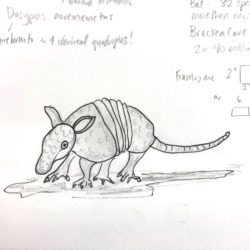
An excerpt from a sketch exploring different organisms for the Biology TEKS Cartoons.
I teach at a public high school in Texas. Take a gander at the Texas Standards (TEKS) for High School—there are 1,500 standards for core classes, and 4,000 total if you count elective courses that a student must complete by the time they graduate. A high school biology student needs to “memorize” 51 readiness and supporting standards—an overwhelming (and not very interesting) task for many students. Teaching to the standards can feel like the “life” in “life sciences” gets stripped away. To combat that, my cartoons for the classroom are purposeful, designed to focus on the central ways to build content knowledge versus a series of facts.
When I draw a cartoon for students, I think about how I first made connections about a topic and ask myself “How do I compartmentalize what I know, and how might a student scaffold what they do not know?” I use cartoons in the classroom to build a scaffold of central ideas, so that students have a framework that they can use to organize their thinking. Cartoons give students a place to hang their information, kind of like a coat rack to gather knowledge.
And honestly? I’m also just telling a story through cartoons.
When I am developing a larger series, I spend a great deal of time researching a main character to drive the story. I want a character that is interesting and connected to place, allowing readers to emotionally connect with the subject matter. For my cartoons about the biology standards in Texas, I chose the nine banded armadillo. You can see from the pencils notes in my initial drawing (to the right) my excitement once I discovered that Armadillos give birth to identical quadruplets (yes, every time they have babies!).
One Small Step for Cartooning: Engage Students With Their Own Creations
Just as I use cartoons to help my students understand complex topics, students can make their own cartoons to create meaning. Remind students that cartoons don’t have to be intricate to communicate ideas. For example, you might be familiar with the popular webcomic XKCD in which the characters are stick figures and much of the content is math-based.
If you are looking for a way to integrate cartooning into your classroom, thaumatropes are the perfect place to start. Thaumatropes are double sided cartoons that are spun between two strings or on a single stick, giving the impression of motion. They were popular in the 1800s, and really easy to make. Students can create these mini optical illusions to illustrate any science concept. I have used them in my classroom so students could illustrate concepts like succession in ecology and plant tropisms, which are ways that plants adapt to environmental changes.
Students can design their own thaumatrope from scratch or use one of the many templates found online. If starting from scratch, tell your students to use their thaumatrope to explain a concept that might be challenging to explain using just words. In the example video to the right, the thaumatrope I’m spinning depicts the parasitic relationship between tapeworms and armadillos.
If you have your students make thaumatropes, please share some images in our private Facebook group!
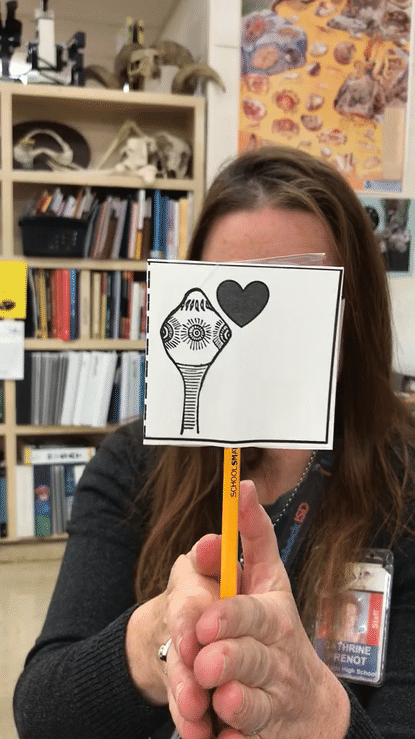
My Big Idea for the Future: Keep Discovering
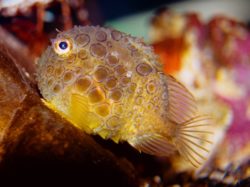
Spiny lumpsucker (Eumicrotremus orbis) in Alaska, Auke Bay, 2006. Credit: David Csepp, NMFS/AKFSC/ABL
When I was a Teacher at Sea with NOAA, there were innumerable moments when the universe expanded. I remember learning about lumpsuckers, these tiny squishy dumplings with fins and a suction cup—in all of my years as a science teacher, naturalist, and biologist, I never knew that they existed. According to the National Ocean Service, more than 80% of our ocean is unmapped, unobserved, and unexplored—imagine how limited our horizons are, and how much more we don’t know. I tried to convey my amazement with a cartoon, which you can see below.
I am endlessly curious about the world around me. The Buddhist text, Tittha Sutta, relates the parable of blind men who have never encountered an elephant before, and each touch it to describe to one another what it is like. Since one of the blind men touches the tail, another the trunk, and others the leg, ear, and tusk, each one experiences the elephant in a different way.
I recognize that what I see and think is based on the horizons of my own experience, and, like people only encountering a part of an organism, sometimes I am incapable of understanding the entire picture, because I have only been able to comprehend a small part. For me, the metaphor of discovery extends beyond a single elephant to the smaller and larger world we inhabit. These moments when I realize that what I believed and thought about the world is incomplete—that the universe is more intricate, more messy, endlessly complicated—are powerful. I’m left wanting to keep discovering what I don’t know and I’ll keep drawing my way to understanding.
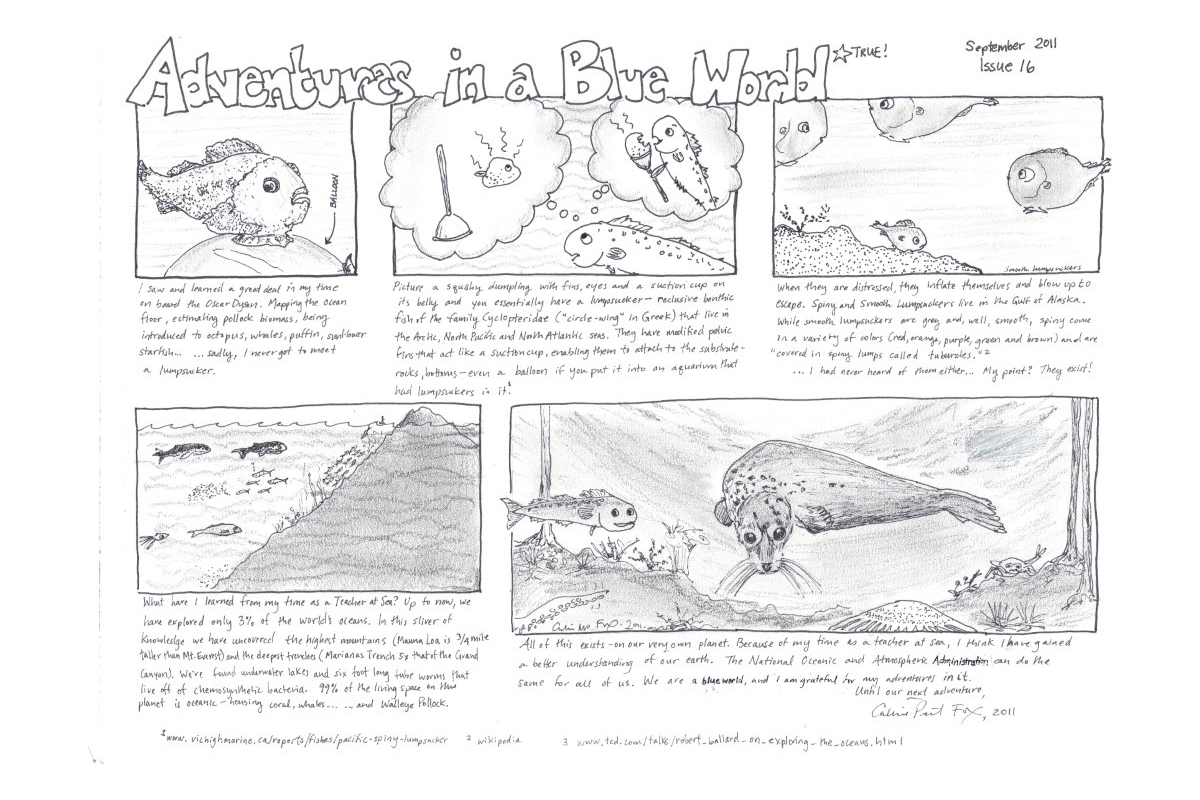
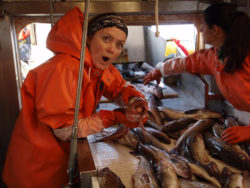
Cathrine Prenot sailed as a Teacher at Sea aboard the NOAA Ship Oscar Dyson in 2011 and aboard the NOAA Ship Bell M. Shimada in 2016. Cathrine currently works as an instructional coach at Estacado Early College in Lubbock, Texas.

